Benefits of Bareback Riding
Bareback riding has become more popular among equestrians in the last decade and offers a unique bond with your horse. Riding without a saddle lets you feel your horse’s every movement. This direct contact improves communication between rider and mount, but you need to think over both the benefits and risks.
Research shows this traditional riding method improves your balance, strength, posture and flexibility. You learn to read your horse’s movements better and can predict their actions, which leads to better riding skills. Research from Michigan State University shows that riding bareback can create pressure points on your horse’s back. This makes it vital to know if this riding style works for both you and your horse.
In this piece, you will find the physical and mental benefits of bareback riding. You will also learn about safety measures and see if this riding technique matches your equestrian goals.
What is Bareback Riding and Why Try It?
“Riding bareback is self regulating. Bareback riding ensures that the rider is doing their part by remaining balanced and in rhythm.” — Stacy Westfall, World champion bareback horse rider
Bareback riding means you sit right on your horse without a saddle. This simple yet profound practise puts you in direct contact with your horse’s back. Many horse riders find this both challenging and deeply rewarding.
The historical significance of riding without a saddle
People rode horses without saddles from the very beginning. They had no choice – saddles didn’t exist yet. The Nez Perce tribes stand out in history. They showed amazing horsemanship skills as they rode across the plains. Saddle-bronce riding came from actual cowboy work. But bareback riding became a rodeo sport just for entertainment in the 1910s.
How bareback is different from saddle riding
Riding without a saddle feels completely different from using one. You need to sit a bit forward on the horse since you don’t have stirrups or a saddle’s support. Your legs rest naturally between the barrel and shoulder muscles. Studies on pressure distribution reveal something interesting. Saddles spread more total force across the horse’s back. Bareback riding creates less total force but concentrates pressure under the rider’s sit bones.
Your core muscles work harder when you ride bareback because they’re your only source of stability. Your hips open up more, and your legs hang naturally along your horse’s sides. This gives you a unique feel for their movement that a saddle just can’t match.
The immediate connection with your horse
The magic of bareback riding lies in the incredible connection it creates. You can feel your horse’s heartbeat against your legs – there’s no leather or padding in between. This skin-to-skin contact means your smallest movements send clear signals to your horse.
Research shows that bareback riding creates fewer pressure points between horse and rider than using a saddle. The reason? Both surfaces – your thighs and the horse’s back – move together as one. This natural rhythm helps you read your horse’s movements and know what they’ll do next.
The benefits go beyond physical connection. Bareback riding builds a stronger bond with your horse mentally, socially, and emotionally. The full body contact builds trust, especially as you both learn to work together.
Physical Benefits of Bareback Horse Riding
“Bareback also allows the rider to improve balance, strength, posture, flexibility and a side benefit of added confidence.” — April Reeves, Professional horse trainer
The benefits of riding without a saddle go way beyond just making you a better rider. Your body works in completely different ways when you ride bareback. This creates strength and awareness that regular saddle riding just can’t match.
Improved balance and core strength
Your body must rely on its own stabilising system the moment you ditch the saddle. Your core muscles—including the transverse abdominus, obliques, and deep hip muscles—make tiny adjustments to keep you centred. “It’s like sitting on an exercise ball but better,” as one instructor puts it. You’ll build stronger abs that create a stable position because you don’t have stirrups to support you. These improvements will help your regular saddle work too.
Better leg position and muscle development
Riding bareback naturally makes your legs longer and puts them in a better position along your horse’s sides. Your hips open up more freely without stirrups holding you back. This lets your legs hang in a more natural position right under your body. On top of that, it takes constant grip-and-release patterns to stay on, which builds your thigh muscles better than most gym exercises.
Enhanced feel for the horse’s movement
The most amazing benefit comes from feeling every muscle movement directly beneath you. Your thighs touch your horse’s muscles and instantly tell you about their tension, relaxation, and where their feet are. More than that, this sharp sensitivity helps you “feel the sequence of movement underneath you and, after time, begin to almost predict what your horse will do next”.
Increased body awareness and coordination
Bareback riding substantially improves your proprioception—how well you know where your body is in space. Your body must adjust to match every tiny move your horse makes. Your coordination gets better as you learn to flow with your horse’s natural motion instead of fighting against it. This improved body awareness helps with everything in horsemanship, making riders more effective whatever their discipline.
Mental and Emotional Advantages
Bareback riding offers more than physical benefits. It creates deep emotional connections and opportunities for mental growth that you can’t get with a saddle. Sitting directly on your horse’s back makes you vulnerable and leads to psychological benefits that many riders find life-changing.
Building trust between horse and rider
Bareback riding creates an exceptional bond of trust between you and your horse. The direct physical contact without a saddle leads to deeper emotional connections. Many experienced bareback riders describe feeling “as if they become one, almost like a centaur” with their horses. This close connection builds a mutual dependence and trust that goes beyond traditional riding. You become confident in your horse’s movements while your horse learns to respond to your subtle body signals.
Overcoming fear and building confidence
Bareback riding takes you out of your comfort zone and builds real confidence. Children often experience “a boost in their self-esteem and confidence” when they become skilled at this technique. Adults first feel vulnerable, but this changes into pride and accomplishment. One rider noted that adults have “expressed tremendous gratitude” for their new skills. Starting with gentle horses in controlled settings helps you gradually build abilities. This confidence stays with you beyond the riding arena.
Developing intuitive riding skills
Bareback riding helps you develop a natural feel that improves all aspects of horsemanship. You learn balance “intuitively, as opposed to mechanically” without the saddle. This natural understanding helps you anticipate your horse’s movements, creating a harmonious partnership. The direct physical feedback teaches you to read subtle muscle movements. Experienced riders call this “feel” – knowing how to communicate through the slightest weight shifts and body adjustments. These intuitive riding skills transfer to all equestrian disciplines.
Potential Challenges and Safety Considerations
Bareback riding brings many benefits, but you should know about its challenges and safety aspects before trying it. Good research and preparation will help you and your horse have a better experience.
Is your horse suitable for bareback riding?
Not every horse makes a good match for bareback riding. Your horse’s temperament matters most—pick a quiet, well-mannered horse that knows bareback riding. Horses that get scared fast or tend to buck create extra risks for riders. The physical traits of your horse also need a review:
- Pick horses with low withers and fleshy backs
- The width matters—very wide horses might spread riders’ legs uncomfortably
- Check age and strength—older horses with weak muscles might have trouble
Most riding teachers suggest starting with horses that already know bareback riding. As one expert notes, “Like any new skill, riding bareback is something that must be taught to a horse”.
Understanding pressure points on the horse’s back
Bareback riding shows lower total force but creates some worrying pressure patterns. A Michigan State University study found that bareback riding makes “focal pressure concentrations beneath the rider’s ischial tuberosities” (sit bones) that might harm the horse’s epaxial muscles.
This focused pressure is different from how saddles spread the weight. People might think bareback riding feels better for horses, but science says otherwise. These specific pressure points “may enhance the risk of pressure-induced injuries”, particularly on longer rides.
Proper dismounting techniques for safety
Bad dismounting from bareback can be risky. Your horse needs to stand completely still before you get off. You can use two main ways:
- Move your right leg over the horse’s neck (watch out not to hit it)
- Swing your right leg clear over the horse’s rump, then slide down fast
Remember to bend your knees when you land. Practise emergency dismounts often in safe places. Pat Parelli, a riding expert, says “Ten minutes of getting on and sliding off will give you the confidence to know you can dismount effectively when you need to”.
When to use bareback riding equipment
Some riders prefer pure bareback, but safety equipment can help you ride better and safer. Neck straps help you stay balanced without pulling the reins. Bareback pads give extra protection, though some teachers warn they “can cause a false sense of security” and “have a tendency to slip”.
Look for bareback pads with channels down the middle to protect your horse’s spine, which “is not built to be weight bearing”. Riders should also wear proper safety gear—helmets, good shoes, and sometimes protective vests are crucial for safety.
Conclusion
Riding bareback is a chance to build a deeper bond with your horse and develop key riding skills. This traditional method might challenge you at first, but it will strengthen your core, boost your balance, and build lasting confidence. On top of that, it creates an unmatched connection between you and your horse through direct physical contact.
Your safety comes first with bareback riding. The right horse selection, proper training, and correct safety gear will reduce potential risks by a lot. Not every horse adapts well to bareback riding, and some need time to get used to this style.
Getting good at bareback riding means knowing what works and what doesn’t. This technique creates amazing physical and emotional bonds, but you should keep riding sessions short to protect your horse from pressure points. Take it slow, stick to regular practise, and you’ll see your riding abilities soar as you become skilled at this rewarding activity.

Welcome to Sell Your Horse, a platform dedicated to connecting equestrians with each other, making horse buying and selling easier and more transparent. With a focus on technology and community-building. My mission is to help like-minded equestrians find the right connections, share knowledge, and build a trusted equine network.





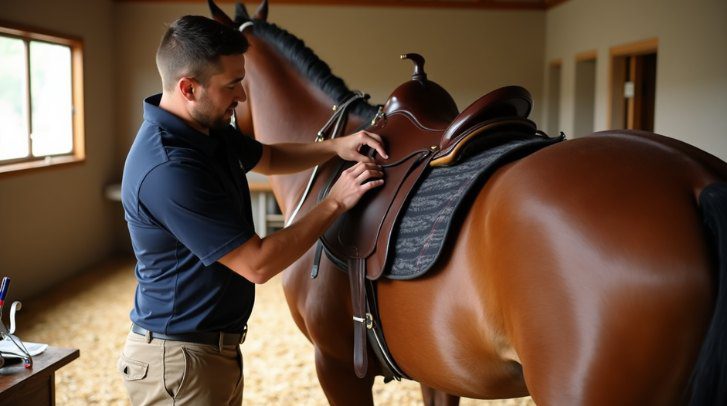
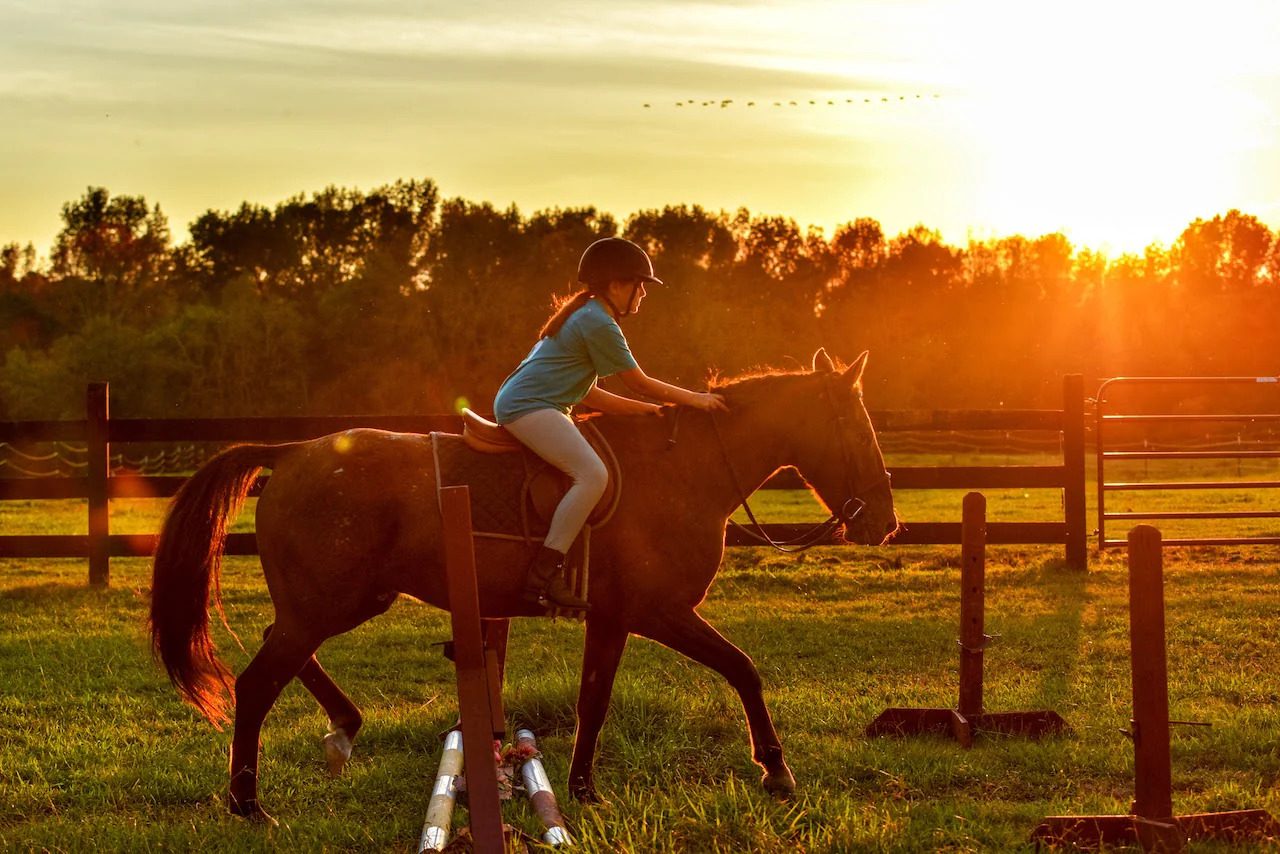
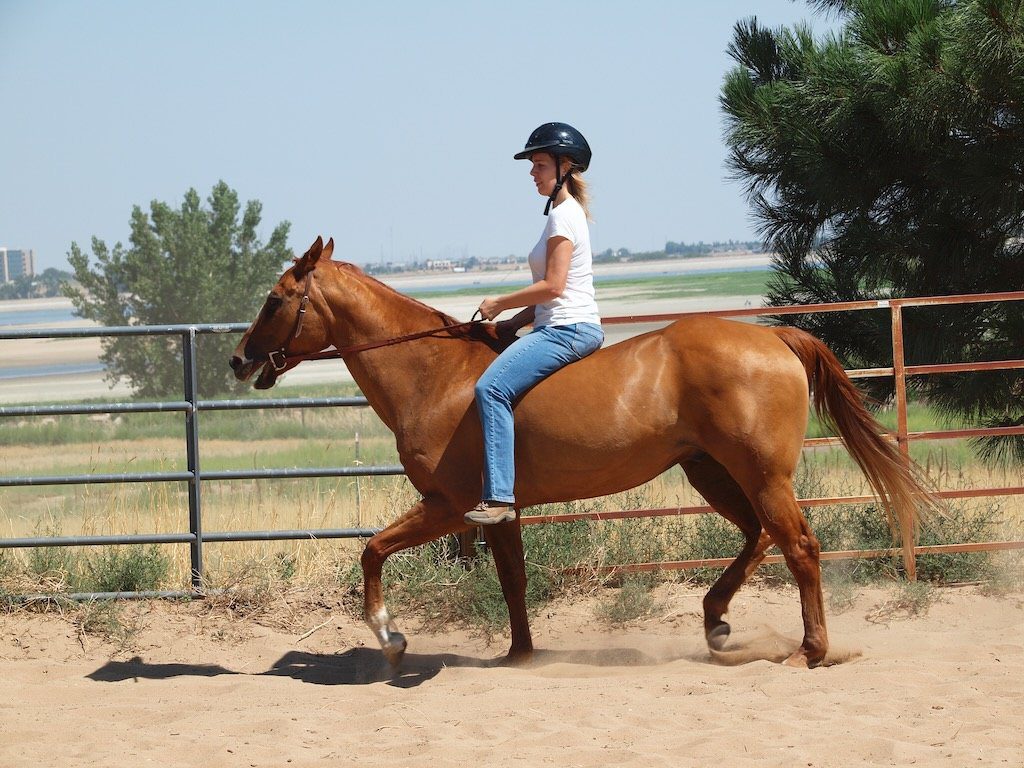
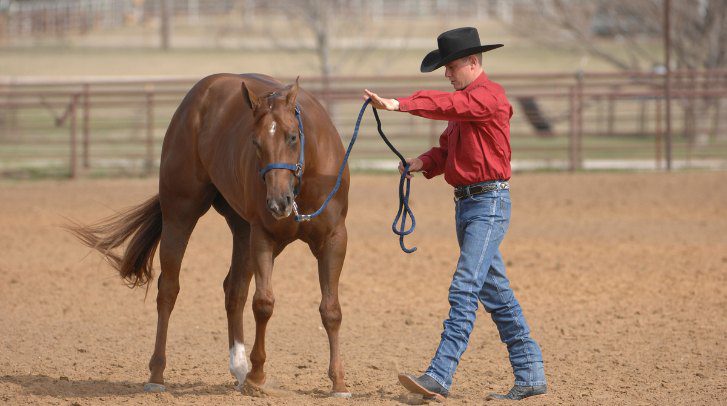
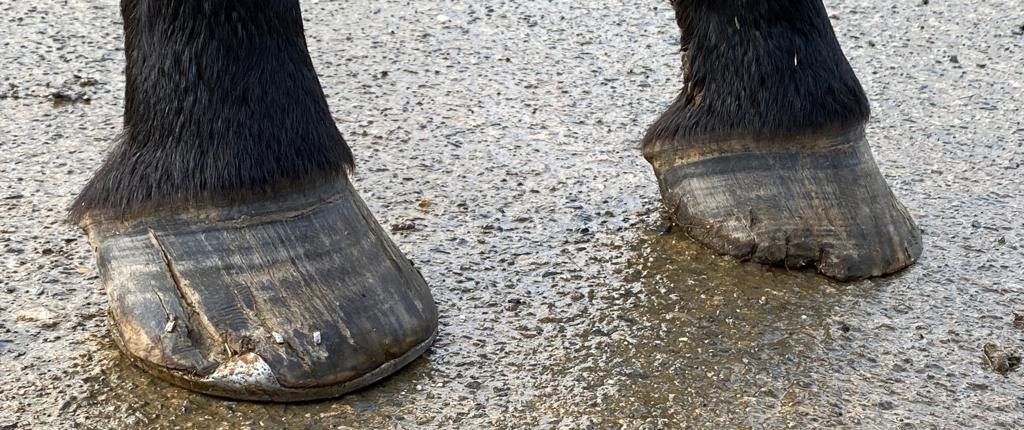
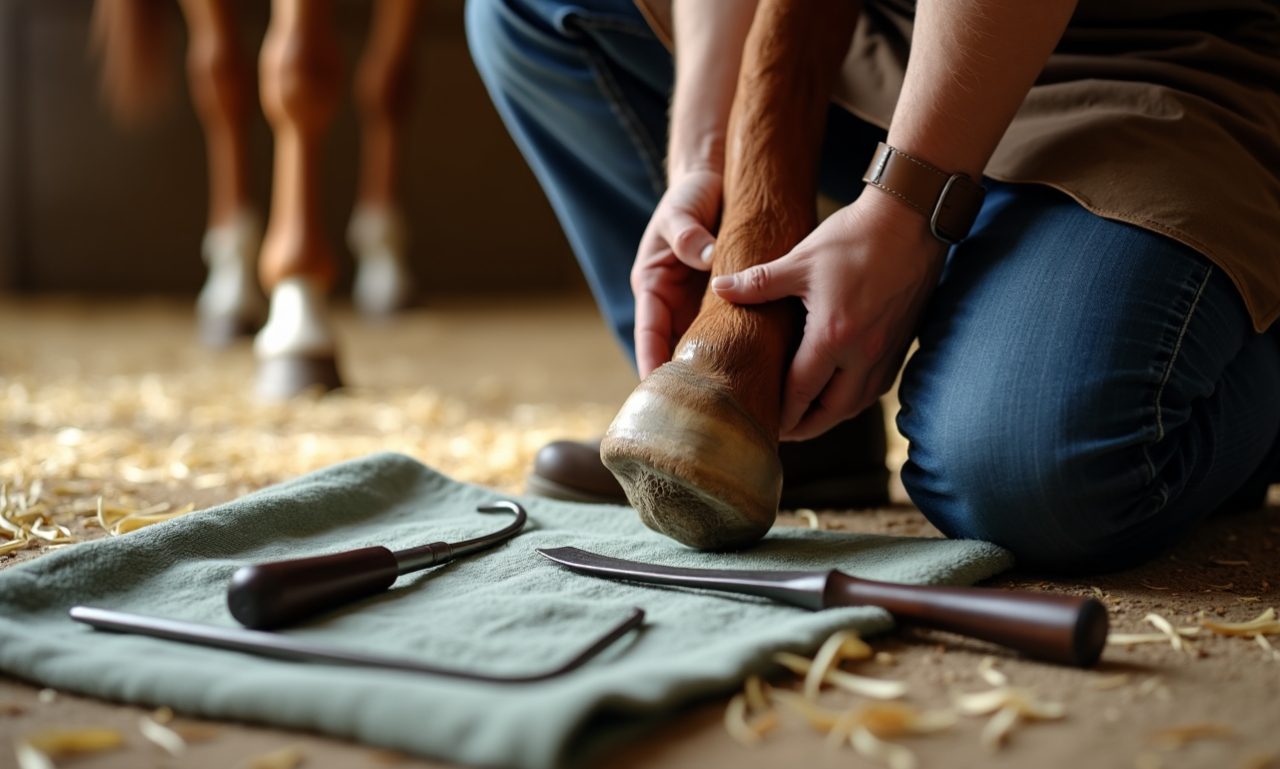
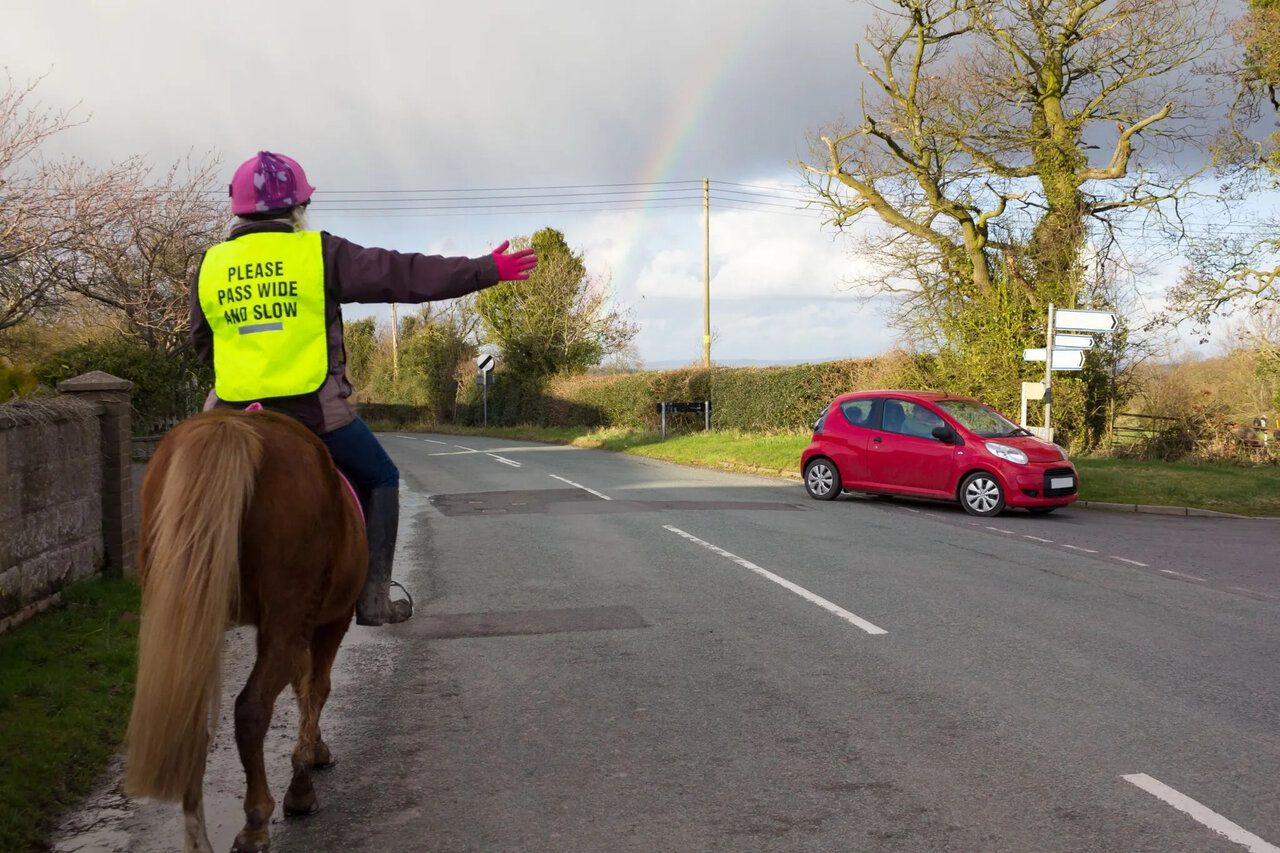
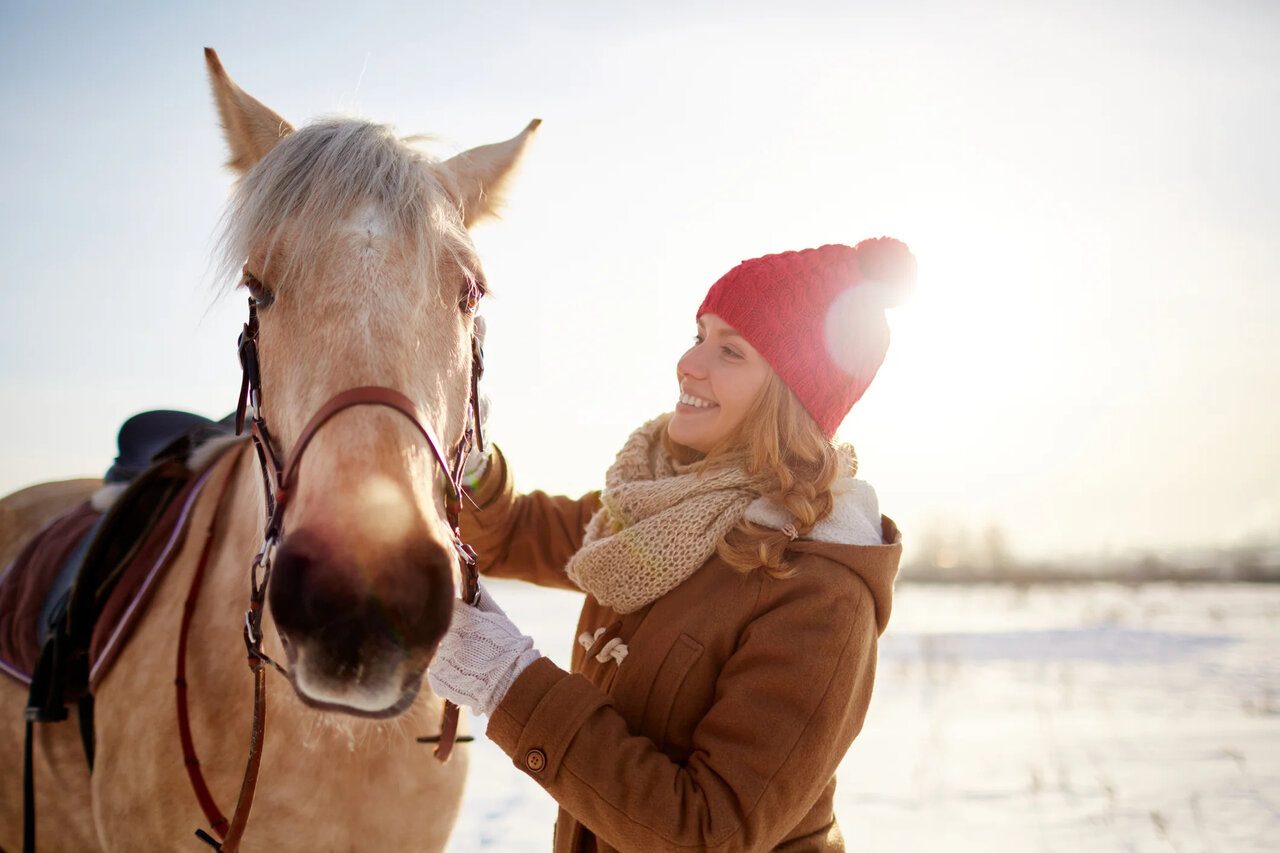
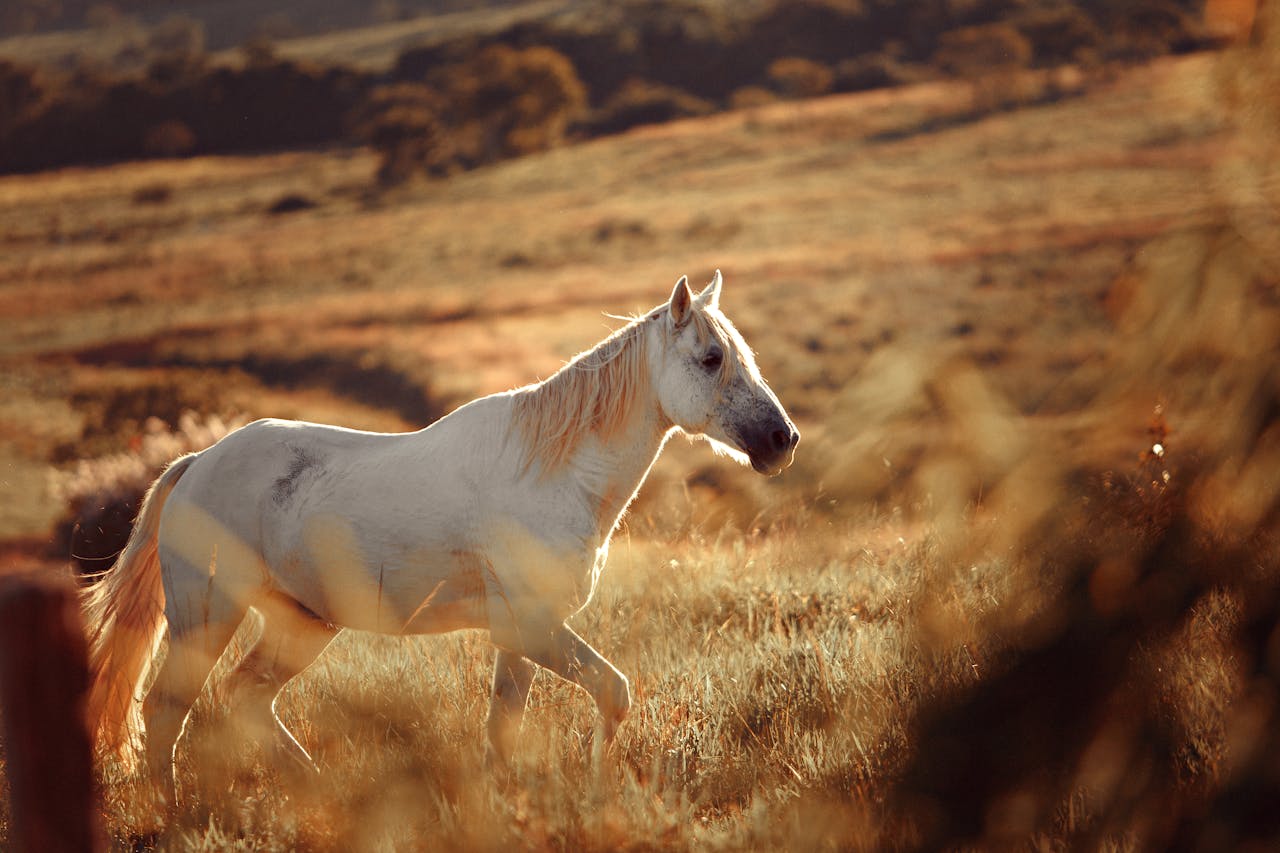
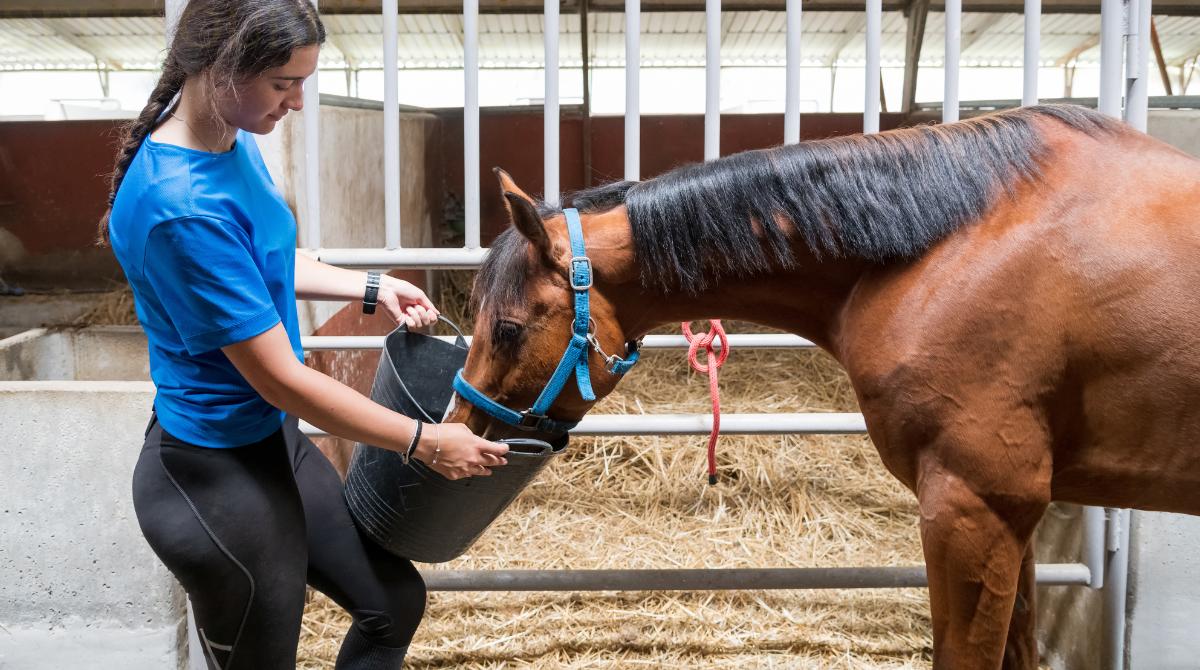
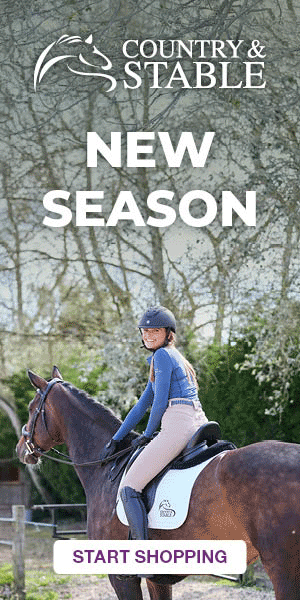
 Featured Listings
Featured Listings
 Adverts
Adverts
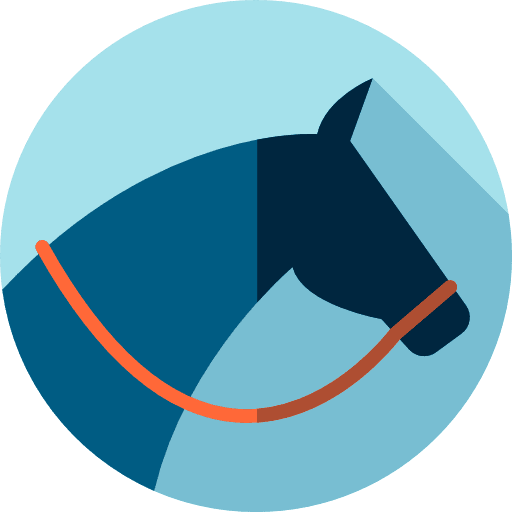 Horses For Sale
Horses For Sale
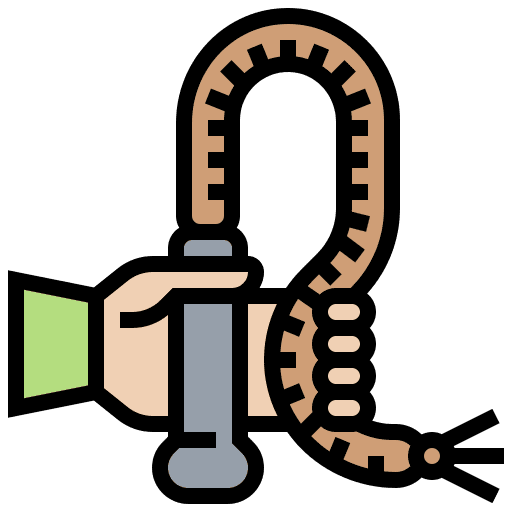 Tack & Equipment
Tack & Equipment
 Horseboxes & Trailers
Horseboxes & Trailers
 Equine Properties
Equine Properties
 4x4 Vehicles
4x4 Vehicles
 Horses For Loan
Horses For Loan
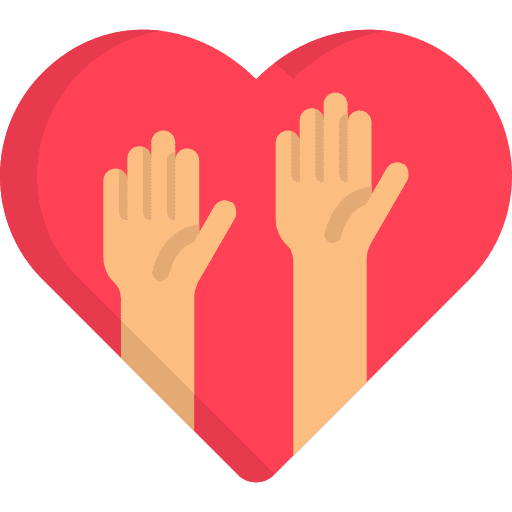 Horses Wanted
Horses Wanted
 Stallions at Stud
Stallions at Stud
 Equine Services
Equine Services
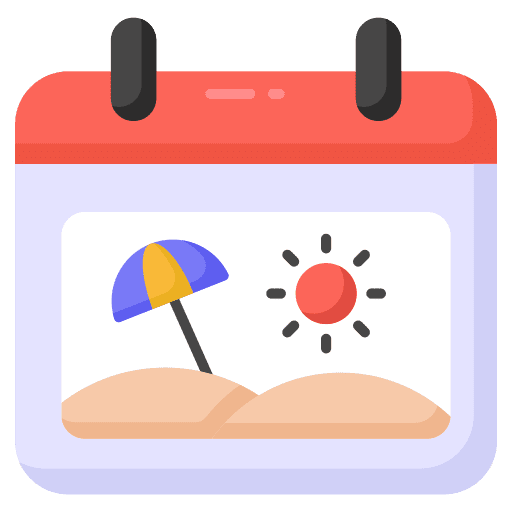 Riding Holidays
Riding Holidays
